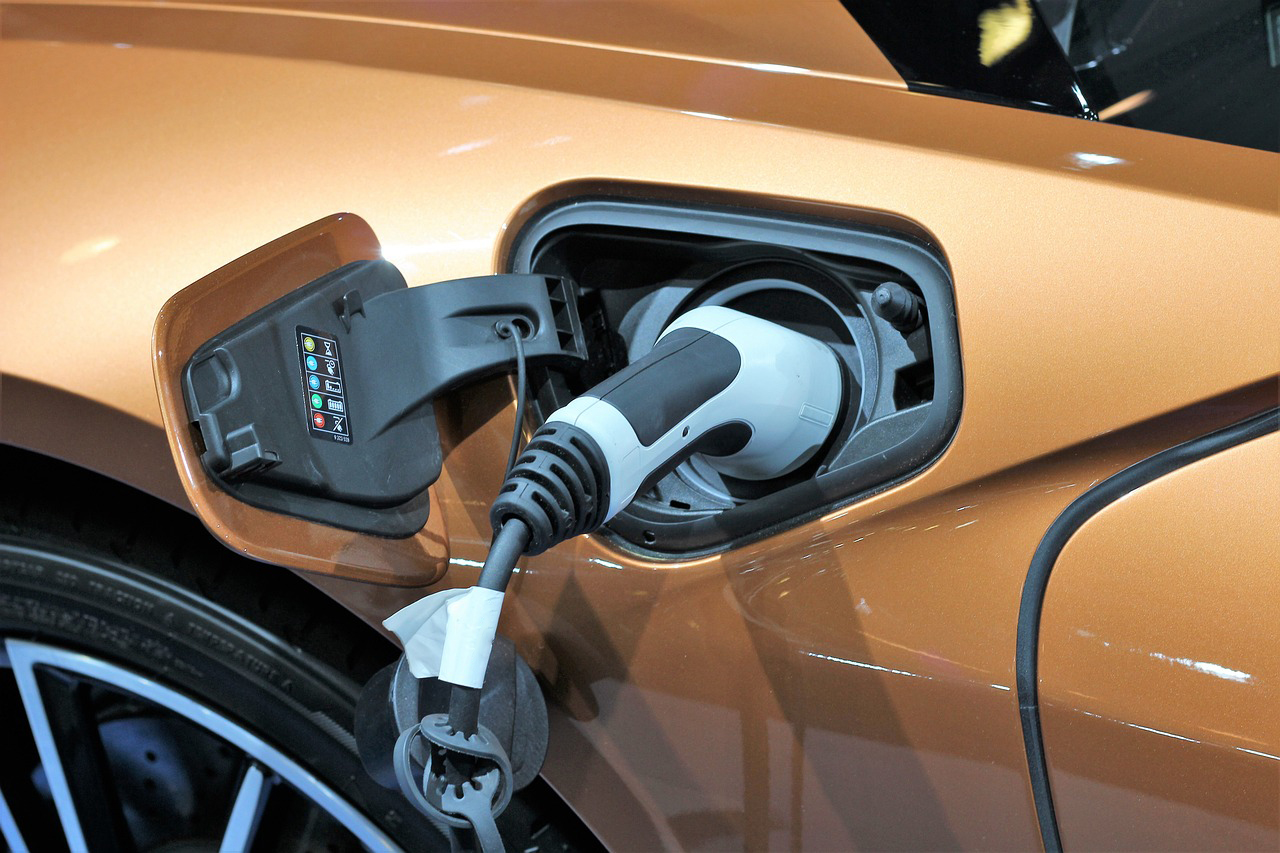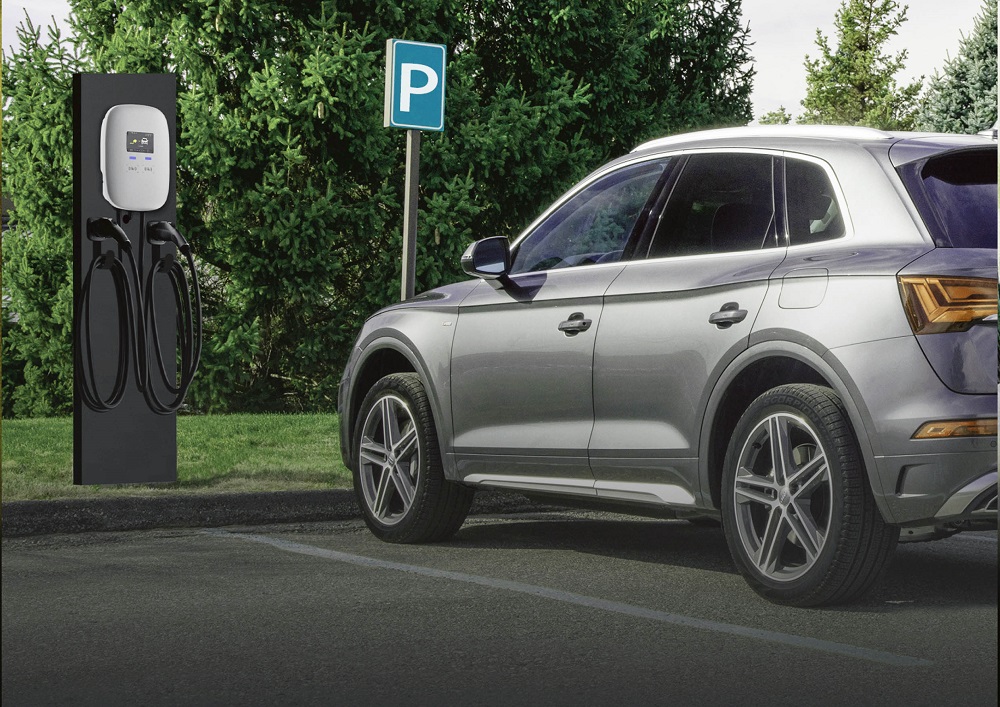
Are you considering installing an EV charger when your employees are choosing to drive their electric cars to work? Workplace EV charging solutions have become increasingly important to organizations in recent years as more people switch to electric vehicles. In this blog, we'll look at the reasons for installing an EV charger in the workplace, the types of EVs suitable for installation in the workplace, and introduce workplace charging solutions from leading EV charger manufacturers.
Why should companies install EV chargers in the workplace?
Workplace EV charging stations are not just a perk but a long-term investment for businesses. Providing EV charging facilities in the workplace has several advantages, such as increasing employee satisfaction, attracting top talent, and aligning with corporate sustainability goals. In addition, it encourages the adoption of electric vehicles and helps to reduce carbon footprints. Installing electric vehicle supply equipment (EVSE) also improves a company's public image and demonstrates a commitment to environmental protection.
What is a workplace charging solution?
Implementing EV charging solutions in the workplace requires a combination of factors, including installing EV charging stations, working with a reputable EV charger supplier, and sourcing chargers from a reliable wholesaler.
Firstly, understand current and future charging needs by assessing your employees' EV usage needs and potential growth trends.
Next, install Level 2 or DC fast charging stations to charge cars faster. Also, consider charging stations with smart features for monitoring, access control, and user tracking. Businesses can also partner with an experienced manufacturer such as Joint, which offers state-of-the-art charging equipment and tailored solutions to meet the unique needs of each workplace.
An appropriate costing and billing strategy is essential to make the program more viable and attractive. Businesses can decide whether the charging service is free, partially subsidized, or user-paid, and user authentication, such as RFID cards or mobile apps, can be implemented. It is also recommended to communicate effectively with employees to clarify the rules for charging station use and any associated costs.
Finally, consider future growth and design a scalable infrastructure so that the number of charging stations can be easily expanded as the number of employees and charging needs increase. With thorough consideration of compliance, employee incentives, regular maintenance, and support systems, workplace EV charging solutions can be better implemented.

What types of EV chargers are suitable for the workplace?
1.Level 2 AC Commercial EV Chargers
In North America, AC EV chargers are divided into level 1 and 2 chargers. Level 1 chargers have slow charging speeds and are typically used in residential homes. Level 2 EV chargers are usually used in workplaces and commercial car parks. Tailored for businesses, level 2 commercial EV chargers offer a convenient charging solution for workplaces with many EV users, thanks to smart features for user authentication and billing.
2.DC Rapid Chargers
DC rapid chargers are the ideal charging solution for workplaces that require fast charging. Level 3 DC chargers have fast turnaround times for busy employees who need a fast and efficient charging solution. Expanding from a single charger, some DC charging stations feature two charging ports (dual-port DC charging stations). Dual-port DC charging stations can charge multiple vehicles simultaneously, ensuring efficient use.
Choose an EV charger with dynamic load balancing for your workplace.
Dynamic load balancing in EV charging refers to the intelligent power distribution among multiple charging stations based on real-time demand. It ensures optimal utilization of available resources and prevents overloading, thereby increasing the efficiency and reliability of the charging infrastructure.
1.Optimized energy use:
A key benefit of dynamic load balancing is its ability to optimize energy use. By intelligently managing the power distribution, load balancing minimizes the impact on the overall grid during peak hours.
2.Enhance user experience:
Dynamic load balancing maximizes operational efficiency and enhances the user experience. Load balancing ensures that the speed and efficiency of each charging process are optimized, allowing chargers to operate more efficiently.

Joint: The best EV charging solution for your workplace
Joint is a leading EV charger manufacturer committed to providing the best charging solutions for the workplace. Joint specializes in EV charging infrastructure and offers a range of EV charging equipment, including AC chargers, commercial chargers, and DC fast chargers. Joint also focuses on innovation and sustainability to ensure workplaces can access reliable, efficient, and future-proof EV charging solutions.
Conclusion
Choosing the best EV charger for your workplace involves strategic consideration of employee needs, business goals, and environmental sustainability. Organizations can significantly impact employee satisfaction, environmental management, and overall operational efficiency by understanding the types of chargers available and choosing a specialist workplace charging solution from a reputable EV charger supplier such as Joint.
Post time: Feb-03-2024
